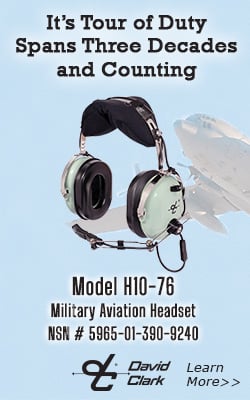Looking Back, March 2025
By Mark Albertson
Putting the House in Order
Part V: TRENDS AIRPOWER
“Close Air Support: Experience of three decades has changed the concept and practice of close air support. In some advanced forces, including those of the U.S. aircraft are dedicated to the support of the maneuver arms in recognition of the fact that the battlefield will provide an abundance of targets that can be destroyed by close air support.
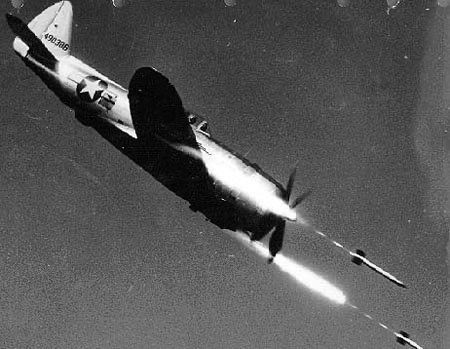
The U.S. Army Air Force’s primary aircraft for supporting ground troops, the Republic P-47 Thunderbolt. Used as a fighter-bomber, it was not a true ground support aircraft in comparison to the Soviet IL-2 Shturmovik. The “Flying Tank” as it was known is the most massed produced combat aircraft in history at 36,183 copies. The P-47 production amounted to 15,683 machines.
“US tactical aircraft are far more powerful than those of 1945. The USAAF P-47 of WWII, for instance, could fly 100 miles to a target, stay for less than half an hour, deliver .50 caliber machine gun fire and two 250 pound bombs, and return to its base. Today, the USAF A-10 carries 30 times as much ordnance—about 16,000 pounds of cannon ammunition, bombs and missiles. The A-10 can also fly to a target 250 miles from home base, monitor the target areas for as much as two hours, deliver its ordnance, and return. In addition, the ordnance itself is far more lethal. The GAU-8 Gatling Gun in the A-10 for example fires a 1.5 pound projectile capable of destroying tanks, armored personnel carriers, and other armored targets. The GAU-8 is 7 times more lethal than the conventional 20 mm gun and for the first time combines the accuracy and flexibility of a gun with the true tank-killing capability.
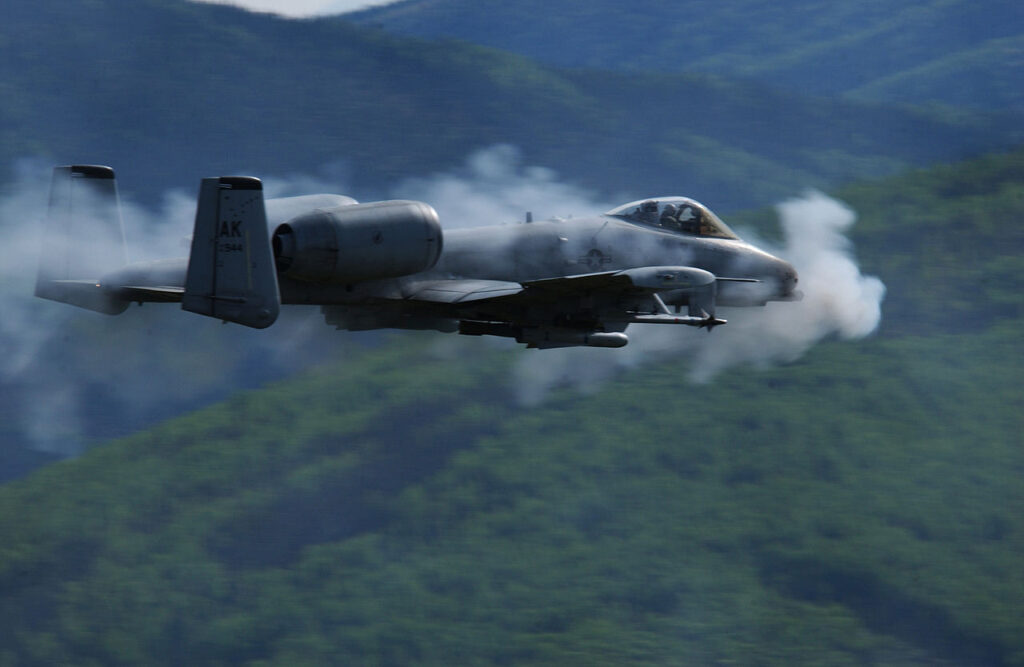
The Fairchild A-10, an Air Force ground support aircraft and tank-buster which featured a GAU-8/A, seven-barreled gatling-gun capable of firing 3,900 rounds of 1.5 pound 30 mm per minute; which together with an array of bombs and missiles makes the A-10 an imposing battlefield presence.
“Modern Air Force tactical aircraft carry a variety of ordnance including guided and unguided bombs and missiles. Guided bombs, those with electronic steering, and guided missiles, such as the Maverick, can achieve high probability of hit and kill. Operational tests clearly demonstrate the effectiveness of the most modern fighters against tanks. Moreover, both guided missiles and guided bombs provide standoff capabilities which combine their greatly increased accuracy with sharply reduced exposure of the attacker to opposing air defenses.
“Modern tactical aircraft with improved ordnance are now considered components of the Army/Air Force combined arms team. In addition to close air support missions for the ground units, the aircraft today permits rapid development of destructive force beyond the immediate battlefield to deep-lying targets.”
* * * * *
“TRENDS: ARMY AIRCRAFT”[2]
“Firepower: The high-mobility and armor-killing capability of attack helicopters makes them unique to the battlefield. Their weapons systems are capable of defeating the entire spectrum of battlefield targets. Ongoing development of the advanced attack helicopter (AAH) incudes an advanced fire control system to provide extended range target acquisition and engagement and a laser HELLFIRE missile system which will have commonality with cannon-launched guided munitions and USAF/Navy missiles and bombs. In addition, product improvement of the existing 2.75-inch aerial rocket and the introduction of the 30 mm cannon will further enhance the staying and killing capability of the attack helicopter. These improvements will spell greater accuracy against point and area targets on the future battlefield.”
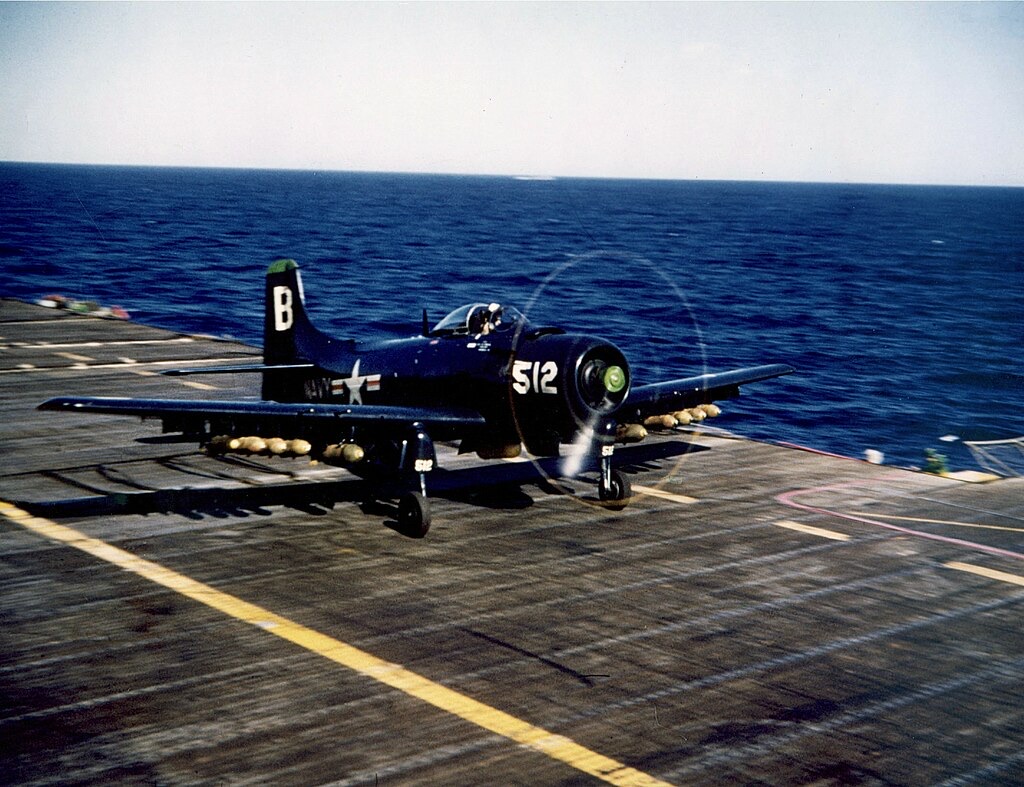
The Douglas Skyraider began design in World War II as a replacement for such aircraft as the F4U-Corsair, used as a ground support aircraft; but like the P-47 Thunderbolt, was not a true ground support aircraft. The beefy Skyraider carried an array of bombs, rockets and cannon. Saw action in Korea and during the Vietnam Conflict with the Navy, Marines and Air Force.
* * * * *
“AERIAL vs. GROUND RANGES”
“Attack helicopters can fire at extended ranges more often than their ground counterparts since they can rise above the mask to increase both target acquisition and firing range. The difference of only 5 feet in elevation can convert an 800 meter shot on the ground to a 3,000 meter kill from the air.
“Mobility: Firepower and mobility are inseparable. By increasing the mobility of ground forces are of influence. Examples of increased mobility include moving ground firing units and air assaulting maneuver forces. When speed is essential, distances great, and terrain about the battlefield restrictive, air assault forces make a significant contribution toward winning the battle.
“Intelligence, Command and Control: To win battles, awareness of enemy capabilities and intentions is a prerequisite. Intelligence-gathering aircraft, to include air cavalry, provide a source for this essential information. Observation helicopters can provide commanders an aerial look at terrain on which the battle may take place so that they may more rapidly evaluate and plan the effective use of the combined arms team and directly influence the flow of the battle.
“Combat Service Support: Modern forces with their unprecedented mobility and complex equipment consume vast quantities of supplies. Therefore, a highly responsive, yet flexible, system is necessary and is indispensable. One medium lift helicopter, for example, can carry almost two times the load of a 5-ton truck, five times as fast. Further, aerial resupply is not affected by road traffic ability or congestion. Using external loads makes loading and unloading almost instantaneous at the point of need. Responsive logistics lighten the basic combat loads of maneuver units and increase their mobility.”
* * * * *
Endgame Toward Branchhood
This work consisting of five installments merely scratched the surface in relating that decade of transformation, 1973-1983, as the Nation attempted to bounce back from an embarrassing, yet profound political defeat in Southeast Asia. Damage control so as to maintain that coveted position as the globe’s ranking power must be pursued with intelligence and purpose. British defeats at Saratoga in 1777 to an army hardly of world class standards and, again later, early 1942 with the fall of Fortress Singapore to the Japanese, stand as examples of the long-term decline of the British Empire.
In effort to prevent such a protracted decay from occurring, required the Army to shift its focus, from that of counterinsurgency to conventional war; and this necessitated acclimating the ground forces to the resulting political, economic, technological and strategic realities of the period in question.
Officers of the 1970s who sought to prepare the Army for the post-Vietnam War era are to be held in good stead. To start with, they were not seeking to fight the next war like the last war. In this they were following in the footsteps of such astute general officers as Lieutenant General Roy S. Geiger of the Marine Corps and Major General James M. Gavin of the United States Army. They were among those who thoroughly understood the game-changing nature of atomic weaponry following Hiroshima and Nagasaki. Du Puy, Starry and Gorman, then, were among those revisiting the post-Korean War era, to not only maintain the Army’s stock-in-trade, conventional warfare, but in a nuclear environment and doing so with a reduced force; and this required an concerted reliance on the technological advantage that would provide the post-Vietnam army the ability to be mobile, but at the same time, effect grievous damage on any opponent encountered.
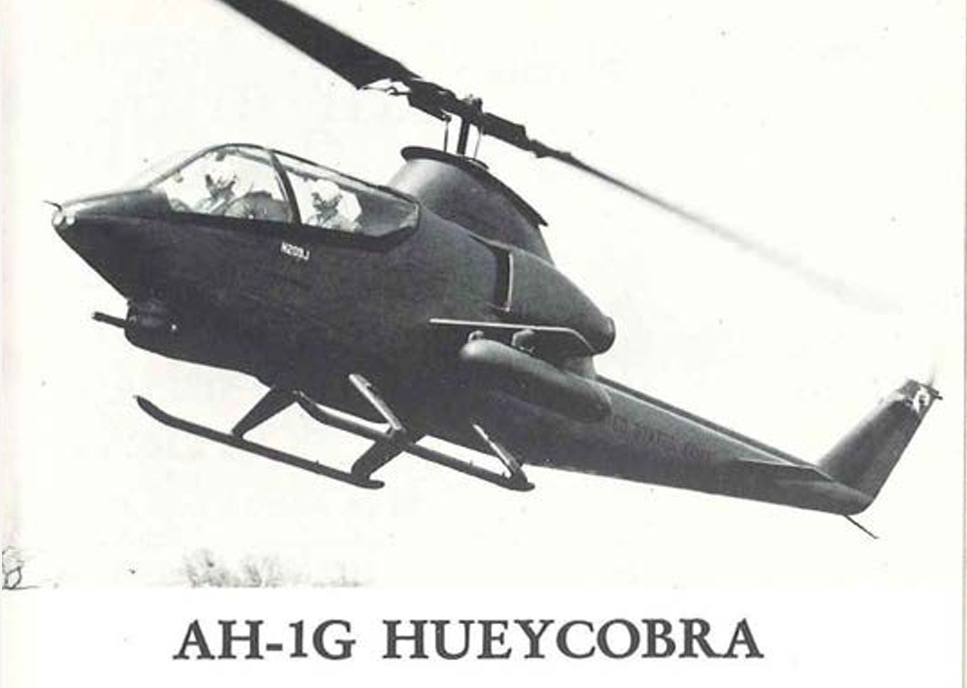
The AH-1G Huey Cobra, the Army’s first true attack helicopter.
Such was the success of Genghis Khan and his Mongol Army: Effective use of mobility—the Mongols’ stock-in-trade—which was second to none. Superb generalship; and that talent to adapt to ever-changing situations and use of new or even unfamiliar technologies. Indeed, this was the U.S. Army in 1973-1983. For instance, the UH-1 Huey, which proved a workhorse in Southeast Asia, was viewed as lacking in the technologically oriented new Army and was going to be eventually replaced by the UH-60 Black Hawk. The AH-1 Cobra, the Army’s frontline attack helicopter, would be eventually overtaken by a Cadillac known as the AH-64 Apache. Weaponry would be updated while new types came off the drawing boards. Such as the 2.75” rocket which was updated and improved and, the HELLFIRE missile which would provide attack helicopters with a lethal punch, are among the examples offered here.
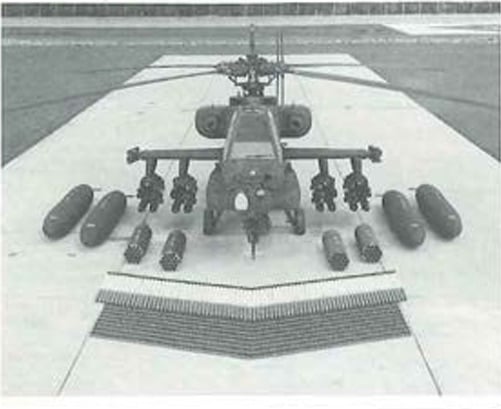
The AH-64 Apache, the eventual replacement for the Cobra as the attack helicopter for Army Aviation.
Like the United States Army itself, Army Aviation had to be transformed for the post-Vietnam War era. Provides a better understanding of the acceptance of Army Aviation; and this despite the persistence of the doubters and detractors.
But in the analysis, it was not merely an acceptance, but the willingness to utilize the advantages posed by the near limitless expanse of the Third Dimension for success on the battlefield for the infantry, armor, artillery, medical evacuation, observation, reconnaissance, intelligence collection. . . Though, of course, differences of opinion would abound with regards to organization and control of Army Aviation and its assets, both human and material.
Same argument evolved during the 1920s, 1930s and 1940s. Those in the Army Air Corps and later the Army Air Forces who saw strategic bombing as that ticket to independence from the Army as opposed to the Army Ground Forces who wished to maintain control for that assurance of support for the foot soldier. But airpower was becoming too sophisticated for the ground force officers. Airpower was becoming a specialty that only those involved in its implementation could fully comprehend and control. So, following World War II, National Security Act 1947 saw to the divorce of airpower from the Army which became the United States Air Force.
What happened in 1947 has an historical parallel in 1983. Army Aviation became a separate entity within the United States Army’s masthead of branches. A result any savvy individual could have made book on, when in viewing that seed planted by William Wallace Ford in 1942 known as the Air Observation Post. For in forty-one years, Army Aviation developed within a progression both fascinating and innovative, and both in peacetime and in war. From the L-4 Cub to the AH-64 Apache, from directing artillery fire to becoming the tactical air branch of the United States Army, such was the path to branchhood emblematic and required with the continuing technological evolution and sophistication in war. And owing to Man’s penchant for conflict, the aforementioned progression was both certain and perpetual.
Endnotes
[1] See pages 2-20 and 2-21, Operations, FM 100-5.
[2] See pages 2-21 and 2-22, Operations, FM 100-5.
Bibliography
[1] Army Aviation: Cub to Comanche, Army Aviation Publications, Inc., Westport, Ct., 1992.
[2] Duval, Geoff, Republic P-47 Thunderbolt, Described, Part I, Series I, No. 8, Technical Manual, Kookaburra Technical Publications, Dandenong, Victoria, Australia, 1969.
[3] Munson, Kenneth, Aircraft of World War II, Doubleday & Company, Inc., and prited in Great Britain by Crampton & Sons, Ltd., Sawston, Cambridge, 1968. First published by Ian Allen, 1962.
[4] Operations, FM 100-5, Headquarters, Department of the Army, Washington, D.C., 1 July 1976.
[5] U.S. Air Force Fact Sheet Display, “A-10C Thunderbolt,” www.af,mil/About-Us/Fact-Sheets/Display/Article…








